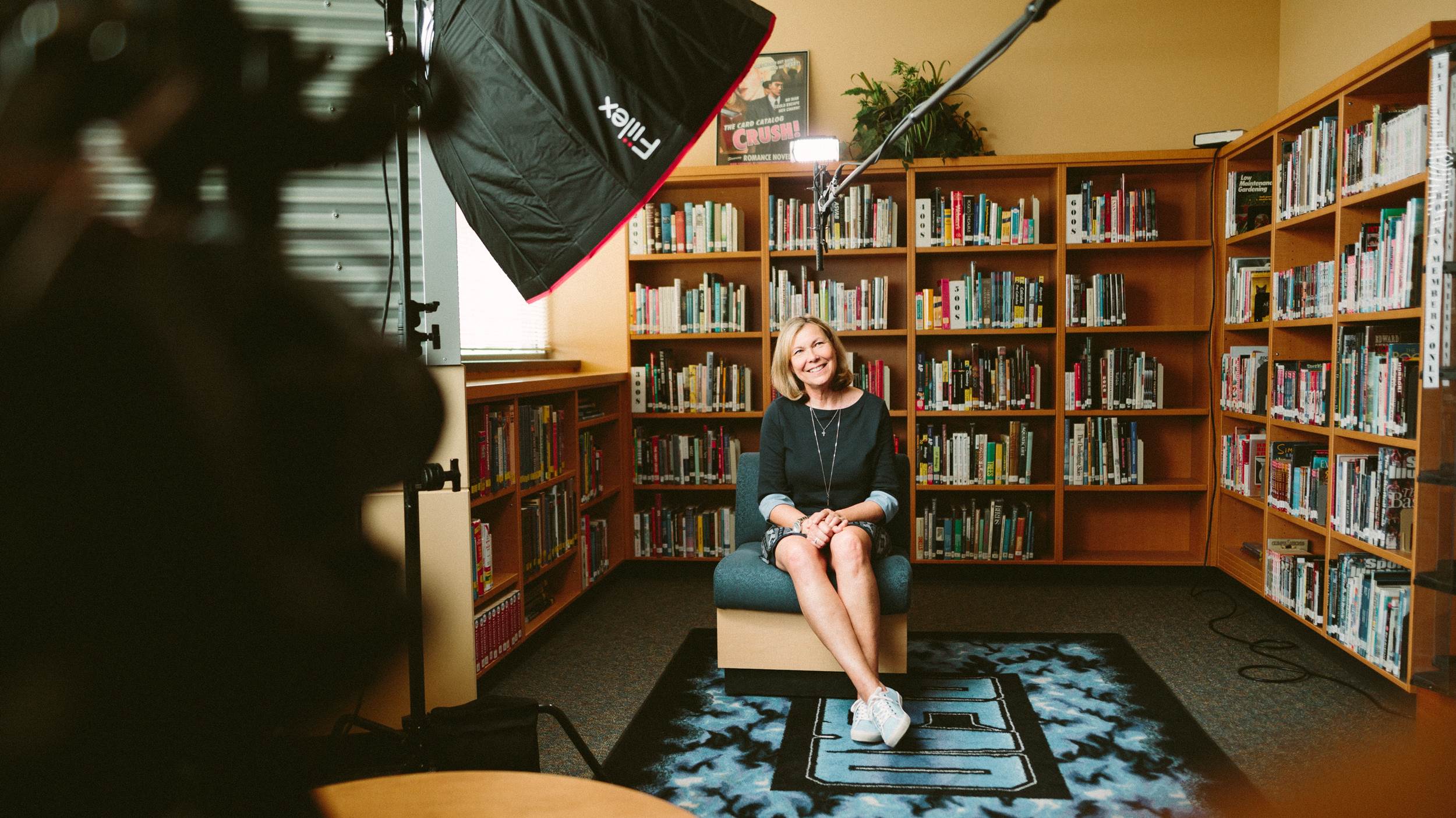
Ever seen a movie about making movies, and the director says to the actor standing in front of the camera, “Now do it again, this time with feeling!”
This statement highlights the impact of video and television. It is great for telling stories with emotion. It makes the messages short, sharp, and snappy. It emphasises impact.
Because it uses vision and sound, it provides more stimulus for the viewer. It conveys happy, sad, anger, fear, and many other emotions.
It can lift us up and drop us down in minutes.
However, stories relying on simultaneous motion and sound are not great for conveying a lot of facts or complex stories, unless they are also very long. For the viewer, this cause tiredness or even boredom. The message is ‘lost’ in the detail, in sensory overload.
Therefore, a research story presented via video is a compromise in time: between making it short, and making the story pointed and exciting; and having time to present more information to make the story more accurate, which makes the video longer.
Economics can play a role in deciding how long a video will run. Good videos require careful research, scripting and direction as well as convincing actors, and sufficient resources to capture and produce sound and pictures suitable for the intended audiences. These could be on the big screen, or the computer screen or smartphone.
This takes considerably more money comparable print stories or audio files.
Most importantly, videos take careful planning and time. The producer needs to gather sufficient finance, expertise, resources, permissions, organisational support and distribution networks to make and distribute a video successfully.
The message is: Do not consider a video lightly, it takes time, money and support. Planning is key for a good video.
Lately, the Digital Age has provided opportunity (and software) to develop simple, short videos using computers and smartphones. These can be made available from websites or via social media to deliver short messages and stories. These stories do not, however, handle complexity well.
So, consider making videos part of your communication mix, but do so with your eyes wide open!
One broadcast medium – television – can offer a more cost-effective option for using moving images to tell your research story, and that is our next subject.
To help you plan videos for your research story, contact The Comms Doctor® via email or visit the Comms Doctor® website.

